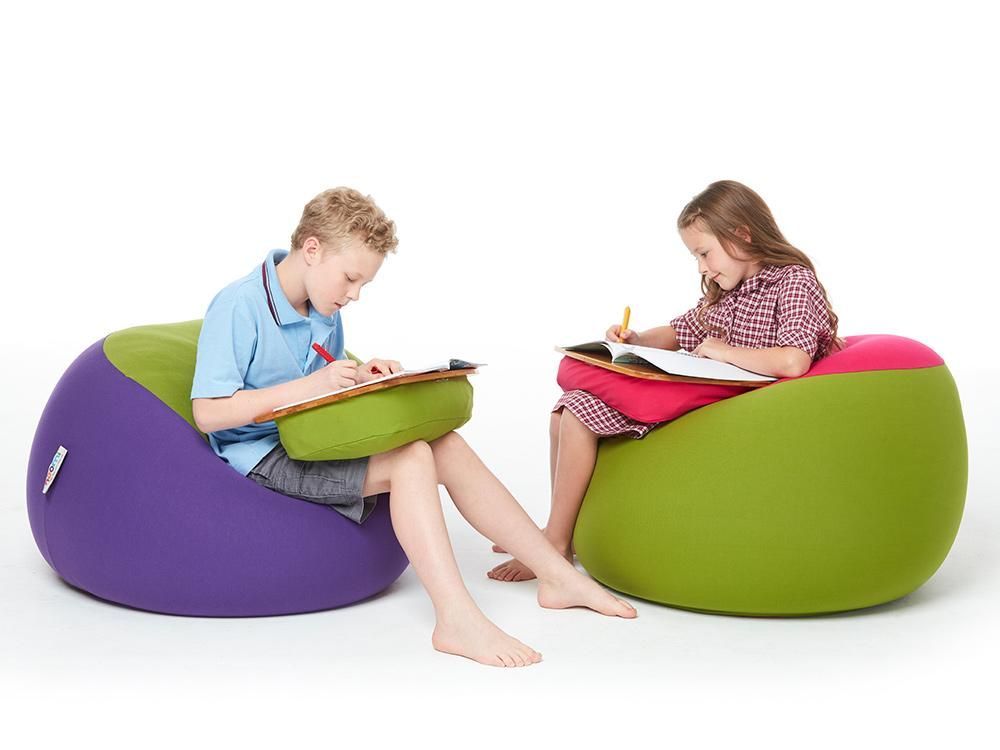- Home
- 2025 EOY Furniture Packages
- All Packages
- Early Learning Packages
- Primary Classroom Packages
- Secondary Classroom Packages
- Classroom Deluxe Divider Package
- Library / Study Centre Packages
- AV Package
- Exam Desking & Seating Packages
- Foyer Packages
- Staffroom / Admin Packages
- Classroom and Admin Packages
- Great Divider Package
- Bleacheroll Packages
- Our Products
- Catalogues & Downloads
- About us
- Contact us
- Your Quote
- Home
-
2025 EOY Furniture Packages
- All Packages
- Early Learning Packages
- Primary Classroom Packages
- Secondary Classroom Packages
- Classroom Deluxe Divider Package
- Library / Study Centre Packages
- AV Package
- Exam Desking & Seating Packages
- Foyer Packages
- Staffroom / Admin Packages
- Classroom and Admin Packages
- Great Divider Package
- Bleacheroll Packages
- Our Products
- Catalogues & Downloads
- About us
- Contact us
- Your Quote
- P: 1800 337 778
- Login

